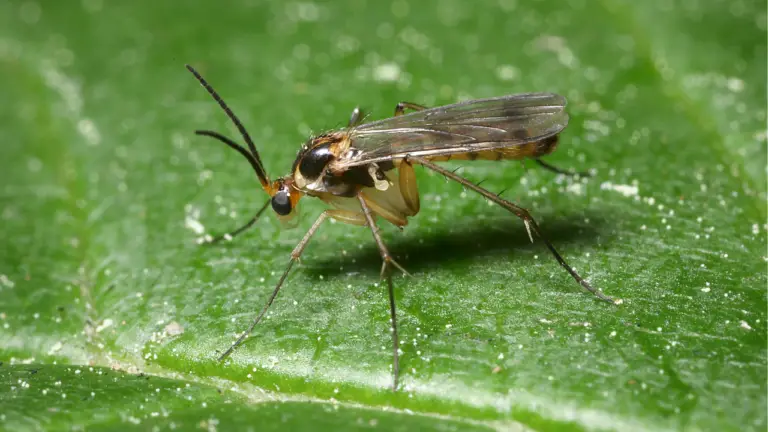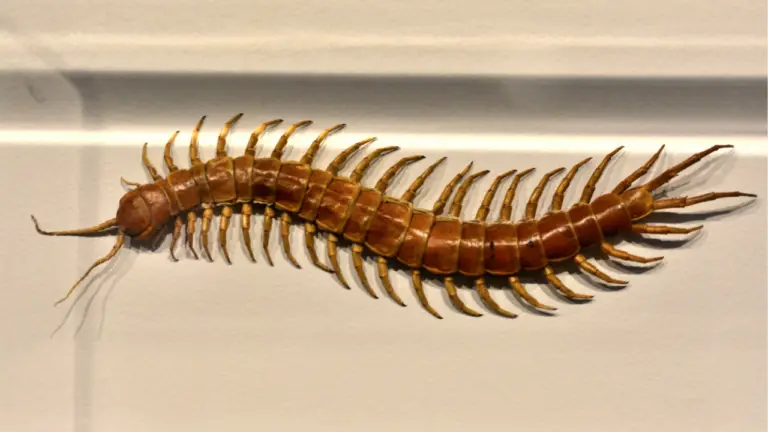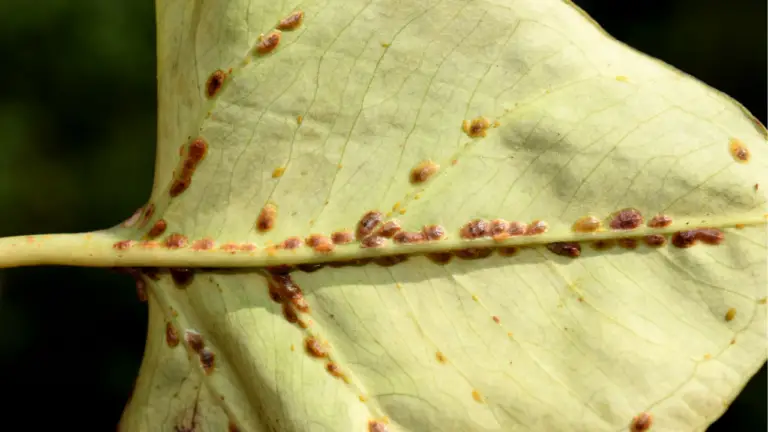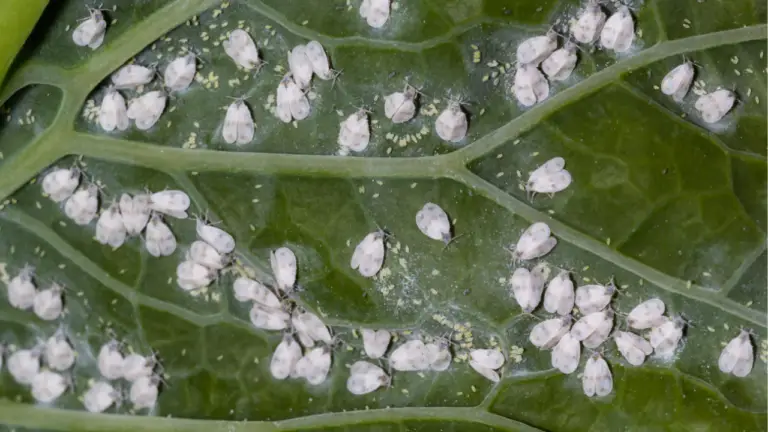10 Ways To Get Rid Of Leaf Miner
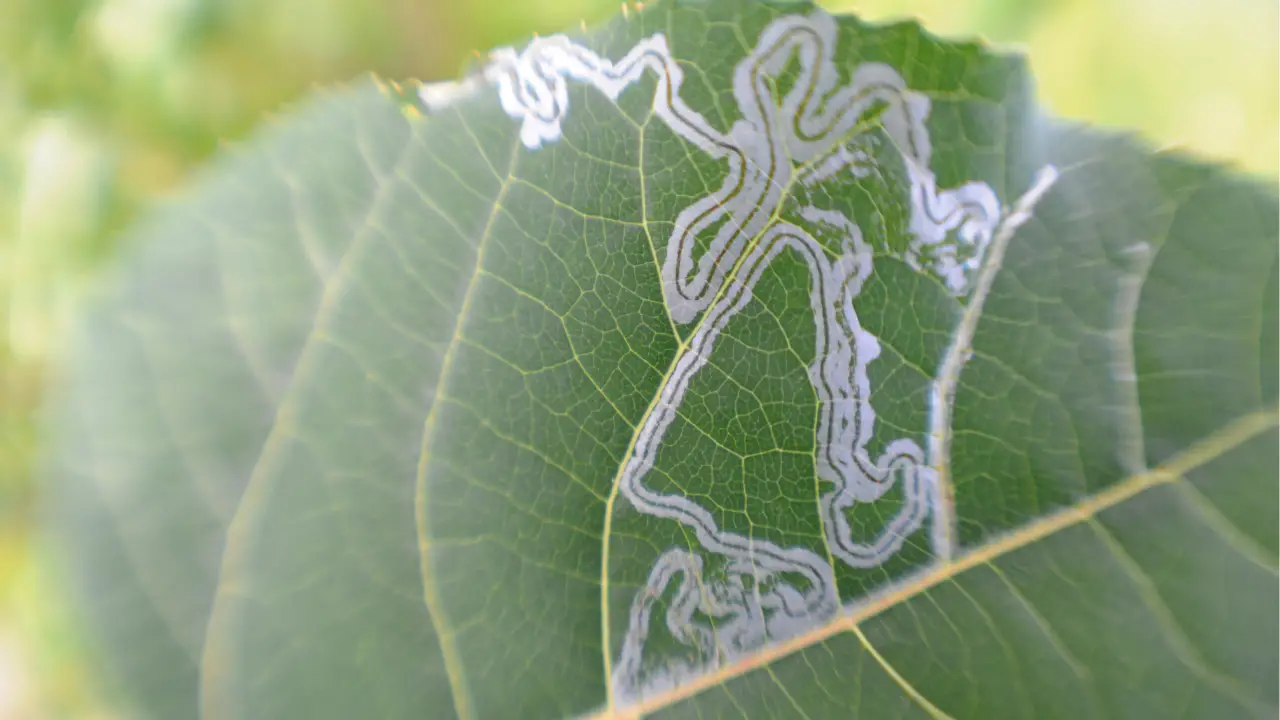
Leaf miners are tiny larvae that burrow into leaves, creating unsightly trails and causing significant damage to a wide variety of plants. These pests can stunt plant growth, reduce crop yields, and even lead to plant death if left unchecked. Getting rid of leaf miners can be challenging due to their hidden feeding habits, but several natural methods can effectively manage and eliminate these pests without relying on harmful chemicals.
How to Get Rid of Leaf Miners: A Comprehensive Guide
1. Hand-Picking and Pruning
Hand-picking and pruning infected leaves is one of the simplest and most direct ways to control leaf miners. Regularly inspect your plants for signs of leaf miner activity, such as winding trails on the leaves. Once you identify the affected areas, carefully remove the infected leaves and dispose of them properly to prevent the larvae from maturing and spreading to other plants.
Pruning is particularly effective in the early stages of an infestation. By removing the larvae before they can cause extensive damage, you can protect the rest of the plant and reduce the overall leaf miner population. This method works best for smaller gardens or individual plants where infestations are minimal and manageable.
2. Introducing Beneficial Insects
Encouraging natural predators in your garden can significantly reduce leaf miner populations. Beneficial insects such as parasitic wasps, ladybugs, and lacewings are known to prey on leaf miner larvae. These insects can be attracted to your garden by planting a variety of flowering plants that provide nectar and pollen.
Parasitic wasps, in particular, are highly effective at controlling leaf miners. These wasps lay their eggs inside the leaf miner larvae, eventually killing them. By creating a hospitable environment for these beneficial insects, you can establish a natural balance and reduce the need for chemical interventions.
3. Neem Oil
Neem oil is a popular natural insecticide that can help control leaf miners. Extracted from the neem tree, this oil disrupts the feeding and growth of many insect pests, including leaf miners. To use neem oil, mix it with water according to the instructions on the product label and spray it onto the affected plants.
Neem oil works by interfering with the hormonal systems of insects, making it difficult for them to feed, grow, and reproduce. Regular applications can significantly reduce leaf miner populations and prevent new infestations. Additionally, neem oil is safe for most beneficial insects, making it a preferred option for organic gardeners.
4. Row Covers
Row covers are an effective physical barrier that can protect plants from leaf miners and other pests. These lightweight fabrics allow sunlight, air, and water to reach the plants while preventing insects from laying eggs on the leaves. By covering your plants with row covers, you can prevent leaf miners from accessing your crops.
This method is particularly useful for protecting young seedlings and vulnerable plants. Ensure the row covers are securely fastened to the ground to prevent insects from crawling underneath. While row covers need to be removed during flowering for pollination, they can be an excellent preventative measure for non-flowering plants and crops.
5. Reflective Mulch
Reflective mulch can deter leaf miners and other pests by creating an environment that confuses and repels them. This type of mulch, often made from materials like aluminum foil, reflects sunlight onto the underside of the leaves, making it difficult for leaf miners to locate suitable sites for laying eggs.
Applying reflective mulch around your plants can reduce infestations and improve plant health. In addition to deterring pests, reflective mulch can help conserve soil moisture and regulate soil temperature, providing additional benefits to your garden. This method works best when combined with other pest control strategies for comprehensive protection.
6. Bacillus thuringiensis (Bt)
Bacillus thuringiensis (Bt) is a naturally occurring soil bacterium that produces toxins lethal to many insect larvae, including leaf miners. Bt can be applied as a spray to the foliage of affected plants. When the leaf miner larvae consume the treated leaves, they ingest the Bt toxin, which disrupts their digestive systems and ultimately kills them.
Bt is considered safe for humans, pets, and beneficial insects, making it an excellent option for organic pest control. To maximize its effectiveness, apply Bt in the early morning or late evening when leaf miners are most active. Regular applications may be necessary to maintain control over the leaf miner population.
7. Companion Planting
Companion planting involves growing certain plants together to enhance growth, deter pests, and improve overall garden health. Some plants naturally repel leaf miners, such as marigolds, basil, and garlic. By incorporating these plants into your garden, you can reduce the likelihood of leaf miner infestations.
In addition to repelling pests, companion plants can attract beneficial insects that prey on leaf miners. For example, flowering plants like dill and fennel can attract parasitic wasps. Strategically placing these companion plants near susceptible crops can create a more balanced and resilient garden ecosystem.
8. Sticky Traps
Sticky traps are a simple and effective way to monitor and reduce leaf miner populations. These traps are coated with a sticky substance that captures adult leaf miners as they fly around looking for places to lay their eggs. Place the traps near the affected plants to attract and capture the adult insects.
Regularly check the traps and replace them as needed to maintain their effectiveness. While sticky traps alone may not eliminate a severe infestation, they can help reduce the number of adult leaf miners and provide valuable insight into the level of pest activity in your garden.
9. Diatomaceous Earth
Diatomaceous earth is a natural powder made from fossilized remains of diatoms, a type of algae. This substance is abrasive and can damage the exoskeletons of many insects, including leaf miners, causing them to dehydrate and die. Sprinkle diatomaceous earth around the base of your plants and on the leaves to create a barrier that deters leaf miners.
Ensure the diatomaceous earth remains dry to maintain its effectiveness. Reapply after rain or heavy dew. While it is safe for humans and pets, avoid inhaling the fine particles. Diatomaceous earth can be a valuable addition to your integrated pest management plan.
10. Proper Plant Care
Healthy plants are more resistant to pests and diseases, including leaf miners. Providing your plants with proper care, such as adequate watering, appropriate fertilization, and proper spacing, can help them withstand and recover from leaf miner damage. Stressed or weakened plants are more susceptible to infestations, so maintaining optimal growing conditions is crucial.
Regularly inspect your plants for signs of leaf miners and other pests. Early detection and intervention can prevent minor issues from becoming major problems. Additionally, rotating crops and practicing good garden hygiene, such as cleaning up plant debris, can reduce the likelihood of recurring infestations.
By implementing these natural methods, you can effectively manage and eliminate leaf miners in your garden. Combining multiple strategies will provide the best results, creating a healthy and resilient garden ecosystem free from the damage caused by these persistent pests.


